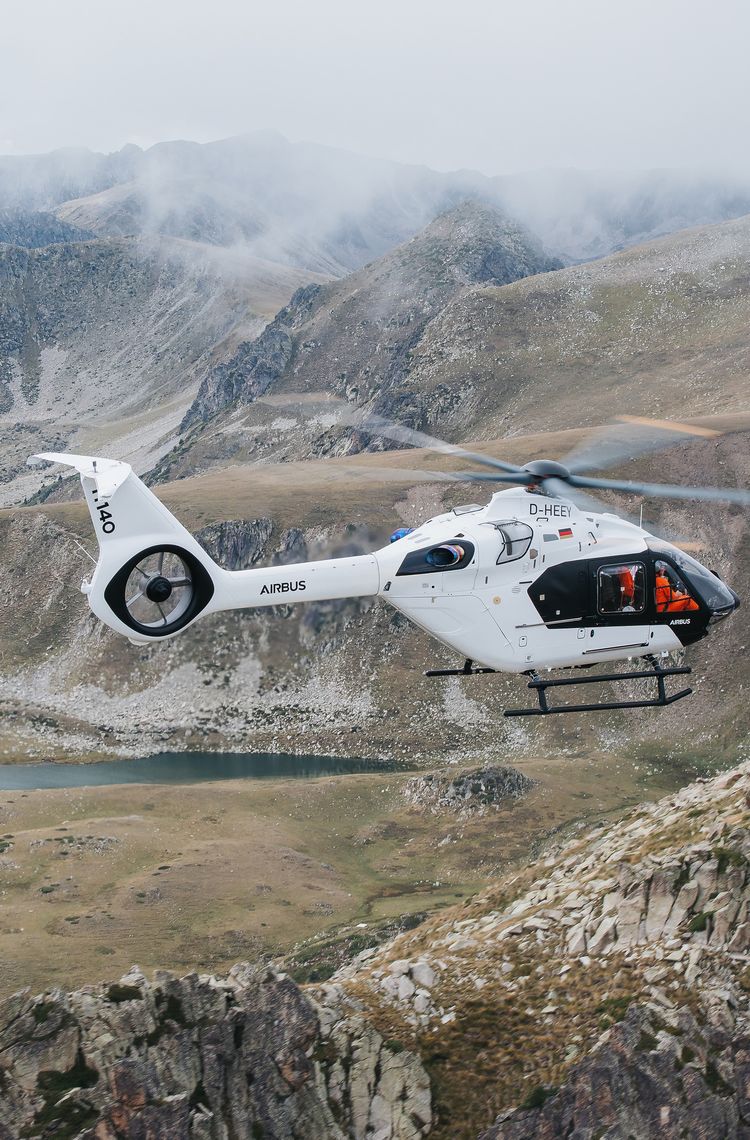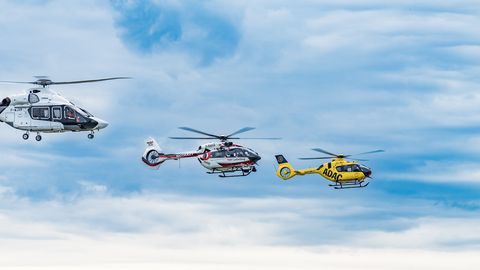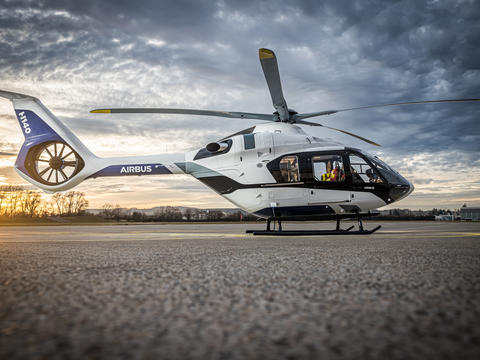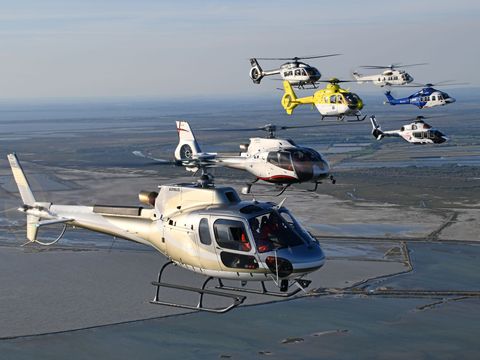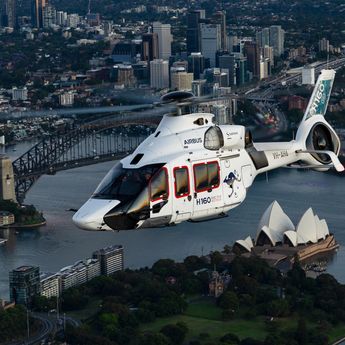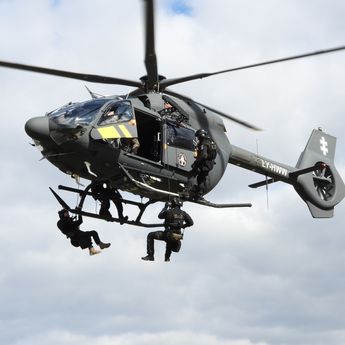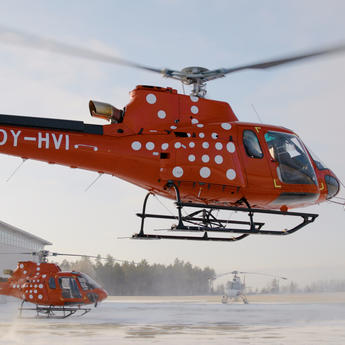When a new helicopter is launched it has to offer significant advantages over current generation models. Driven by Airbus Helicopters’ culture of continuous innovation, H140 Chief Engineer Christian Wehle is the person responsible for ensuring the helicopter will rise to the challenge.
What has been Airbus Helicopters' approach in terms of introducing innovations into the H140?
Christian Wehle: The primary trigger of everything we are doing is cabin space, where we have invested quite a lot of time working with customers to get a new interior layout that is not only the right size, but also uses the space and volume more ergonomically. The second point is that the five-bladed main rotor is a perfect fit for the H140 and this will bring many advantages in terms of cabin comfort and ride comfort. The third aspect is mission performance, whether that be its operational range or its performance at altitude.

The third point is basically a combination of two points: there’s one very obvious new feature, the T-tail configuration, moving the horizontal stabiliser to this extreme position and outside the downwash of the main rotor. This offers a performance advantage at a magnitude of up to 80 kg of additional lift in hover conditions for no invested engine power. Last but not least, we worked on the Fenestron to make it more powerful for altitude operations, which also offers more safety for our customers operating in mountain areas.

How much of a role did Bluecopter play in the development of the Airbus H140?
C.W.: I led the Bluecopter activities relating to dynamic systems and the airframe roughly 15 years ago. With Bluecopter, we were trying to be quite extreme in testing new technologies, with a focus on noise reduction, simplification and power efficiency. And when you look at the H140 today, a lot of these technologies found a nearly direct implementation. For example, when you look at the Fenestron stator, it is very much like what we did on the Bluecopter. Two other things come to mind. One is speed: we optimised the aerodynamic shape of the aircraft in the frame of Bluecopter to achieve higher speed at equal power and what we have today on the H140 is a direct transfer of this technology.

The other thing that comes to mind is the main rotor: we went to the very extreme in the frame of the Bluecopter, maybe a bit too far in terms of blade twist and diameter, but this was intentional, and now one small step back from this is directly what you find on the H140. It’s always easy in hindsight but I would say the Bluecopter project showed the relevance of our investment in techno bricks and the important role they play in our research and technology strategy.

As the Airbus H140’s chief engineer, how does it feel to see the new helicopter ready to be launched to the world?
C.W.: I have been into helicopters and helicopter development my entire working life. Now in this role as the chief engineer, I have kind of reached the peak of what I have been looking for so far, combining all of the bricks of a helicopter in a single development project. I am learning an enormous amount because, although I have seen many areas of helicopter development in the past, I have never seen everything so comprehensively with all aspects. So, I would say that this is extremely satisfying, but also extremely challenging.

